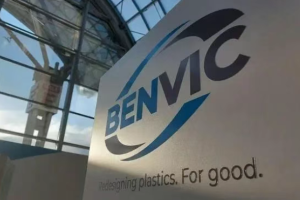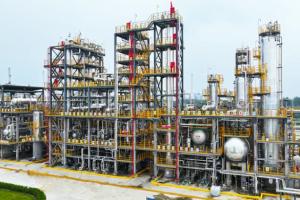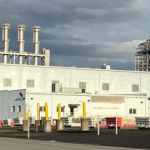June 6, 2025 – As a critical raw material in color masterbatch production, titanium dioxide (TiO₂) quality directly influences the performance of final products. Industry experts highlight that whiteness, water-soluble matter content, dispersibility, and hiding power serve as the four core indicators for evaluating TiO₂ quality, each exerting a decisive impact on masterbatch manufacturing processes and end-use applications.
In the color masterbatch manufacturing sector, whiteness stands as the primary consideration for TiO₂. Insights from the Color Masterbatch Industry Network reveal that the whiteness of high-quality TiO₂ largely depends on key parameters such as hydrolysis process control, primary particle size, and calcination temperature. Premium white masterbatches impose stringent requirements on TiO₂ whiteness, necessitating nearly impurity-free raw materials to ensure product hiding power and coloring effects. While some enterprises add optical brighteners to enhance visual appeal, these effects prove short-lived compared to inherent whiteness stability.

Water-soluble matter content represents another pivotal quality metric, directly affecting TiO₂ stability and application performance. Notably, in cable masterbatch production, excessive water-soluble substances can significantly degrade electrical insulation properties. Studies show that rutile-type titanium dioxide excels in maintaining the electrical insulation of polyvinyl chloride (PVC), achieving a 100% retention rate—far surpassing the 30% rate of anatase-type variants.
Regarding dispersibility, the oil-dispersing capability of TiO₂ is fundamental to masterbatch quality. Through pre-dispersion treatment processes coupled with appropriate dispersants, manufacturers can effectively enhance the uniform dispersion of TiO₂ in resins. This not only impacts production efficiency but also directly determines the quality stability of end products.
Hiding power varies significantly among TiO₂ products derived from different mineral sources and production processes. Inadequate hiding power necessitates higher masterbatch usage, potentially compromising product rheological properties and film-forming capabilities, and ultimately reducing the adhesion of printing inks on plastic surfaces. Therefore, selecting TiO₂ with superior hiding power is critical to ensuring the application performance of color masterbatches.














